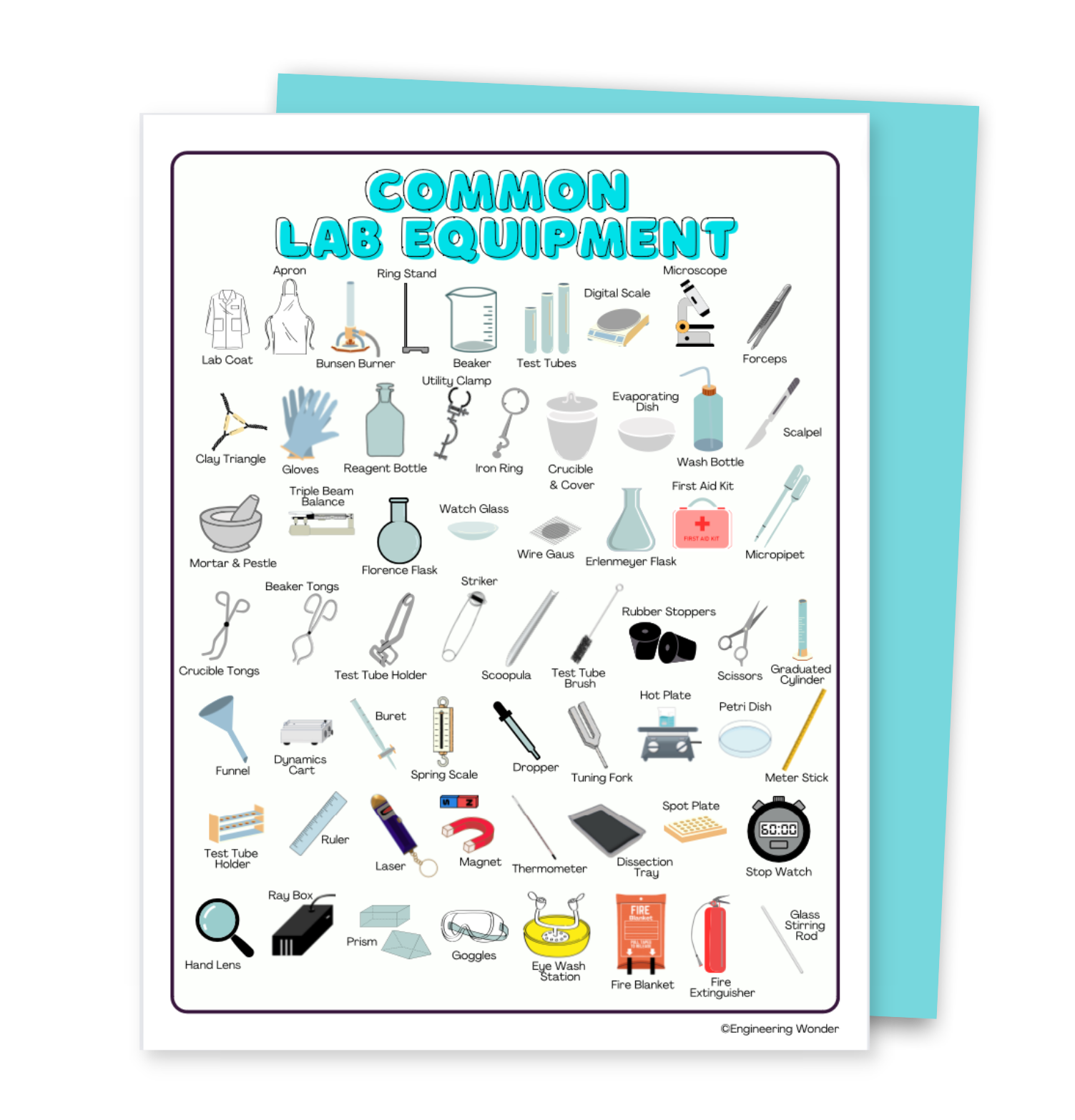I kid you not, this is one of my favorite inquiry based learning activities to do with my junior science classes and no, I am not exaggerating. A little background about me first. I’ve taught high school Physics for over ten years and my love for this subject only grows the more I teach it. It’s a beautiful subject.
Okay enough of that. So the reason I tell you this is because it informs one of my interests in the classroom, which is inquiry based learning. Particularly applying the engineering design process. I LOVE doing hands-on learning with students. There’s just something amazing about seeing students get excited about their learning and inquiry based learning is perfect for this.
The other great thing about an inquiry based approach to learning is that students are learning without necessarily even knowing that they are learning. The key to great inquiry learning is contextualizing the learning in a real world problem. Make it real, make it relevant and embed your learning goals in the task and magic can happen.

So let’s talk boat building. First of all, these aren’t the fancy boats you see skidding across the lake in the summer, we have less than an hour to make these things. These are rectangular based barges. Picture a floating kleenex box with an open top, only students construct these themselves using: cardboard, staples and scissors.
Typically I dedicate two classes to this activity and I have mostly run it for my grade 9 students when learning about density. Having said that, I have also done it with grade 7 and 8 students when doing demonstration classrooms.
All the knowledge and skills that are needed to complete the activity are scaffolded within the activity itself. So in that sense, it can function as a stand alone activity. Your students should have a basic understanding of density. Students should also be able to complete simple two step equations (d=m/v).
Other concepts which are embedded in this activity are surface tension, optimization, buoyancy and engineering design of course!
The activity begins with the teacher presenting the problem to the class, in this case the problem (or challenge) is to create a barge with a limited amount of cardboard that can hold the most weight. I provide each group with 1 piece of cardboard. This cardboard is the same size for each group. Sounds simple enough.

Okay, but I also include the caveat that students must predict their max weight before we test them in a tub of water at the front of the classroom by placing masses in it. I then look at the percent error between the predicted and actual weight it held. The boat with the largest holding weight and the smallest percent error wins the pitch and gets the boat building contract. Sounds fun, right?
If you’re wondering how students are supposed to predict the max amount of mass their boat can hold before testing, the answer is MATH! Whoo-hoooo!!! I like math 🙂 This is where the density formula comes in. The idea is to maximize the volume of your boat so that your density is minimized. This is where the optimization comes in.
Now there’s a bit more to it than this, but in a nutshell this is what it is. To make this activity truly successful, it’s important that students not only have a lot of fun, but also that there’s learning embedded along the way. When I do this with a class, we use an activity sheet that each student completes while they work in teams of three-ish. The activity I linked above is the one I use with my students when I run this. It is already scaffolded for students and there are tips along the way to help make this activity a success.
I hope you try this with your class if you haven’t done this already. It’s a BLAST! Remember I want to hear from you. Reach out. Let me know how things go or if you found a way to make it even better. I have to know! All the best. Scott

THANKS FOR STOPPING BY
I'm so glad to have you here! Since 2010 I've been in the classroom as a Math and Science teacher at the high school level. I am excited to share some of my journey with you, along with helpful resources and ideas you can implement that will make your life easier.

Featured Resource
Digital Multimeters - How to Measure Resistance, Voltage & Current

FREE RESOURCE!
Interested in grabbing this common lab equipment quick reference handout? Great resource for your students to refer to throughout the course to get to know common tools in the lab.


